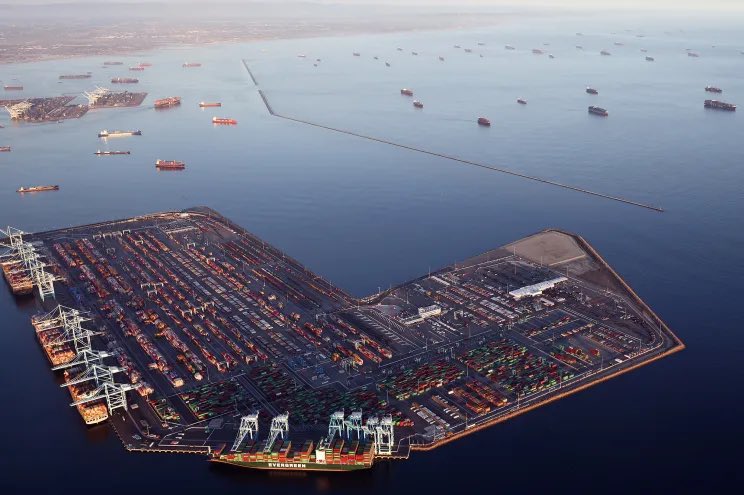Hello all! Further to my post previously on the supply chain challenges back in May 2021... a few updates. It has gotten worse :)
Since the last post where I said that ocean container rates (from China to Vancouver) went from ~US$1,500 pre-Covid to US$8,000... now I am hearing some people that paid US$15,000. Ouch! But wait, I have heard, but not verified, some that claim to be paying over US$20,000 per ocean container. Double Ouch!!!
What does that mean? Well, if you can put 20,000 sq ft of flooring product on a 20' container, then the shipping portion went from $0.15 per sqft to $1.00 per square foot. Some flooring is thicker, so if 10,000 sqft fits on a 20' container (like a thicker engineered hardwood floor) then it went from ~$0.30 sqft to ~$2.00 per sqft. That doesn't include other cost increases (like raw material) this is just the freight portion. Now you can see why logistics and the global crisis trigger by this pandemic, impacts pricing so much. Add in: delays. So even with the increase of 15x to 20x in freight price, the availability of space is dramatically reduced. So delays and price increases. Not fun for anyone.

Look at this image... this is LA port. The congestion out in the water is insane. It is such an issue getting into the ports. Which means further delays / additional costs. I have also been told from one steam ship line that we now have a ~US$1,500 fee from them on empty container return. That is on top of the massive rate increases. So if you pay US$20,000 for a container you also have to pay the container empty return rate. Wow!! Further, here is a note from the CIFFA Executive Director, Bruce Rodgers, discussing the Port of Vancouver 'Gridlock' (on October 1st, 2021).
Here is what he said:
A CIFFA freight forwarder member provided an update on the Port of Vancouver, as follows:
"Congestion and delays are now severely impacting the Port of Vancouver’s operations. Increased demand to Vancouver by forwarders looking to bypass the congestion occurring at U.S. West Coast ports has resulted in increased vessel delays, bunching and an increase in overall volume, as well as the challenges of returning empty containers, creating an overall chassis shortage. This has dramatically increased the demand on the ports, warehouses, and local drayage carriers throughout the Lower Mainland of British Columbia.
Every trucking company involved in container drayage is overbooked and not able to handle their current orders. Ocean carriers are also making it difficult for the truckers to return empty containers at off-dock terminals. This is resulting in chassis being tied up with empty equipment."
What does this mean for us as consumers??
Delays for us, and added pressure on local truck drivers and port workers.
Remember the image of the LA port? This has now worked it way to us in Vancouver.
More information to try and understand what has happened globally. I saw this quote from Twitter on a fellow named Sahil Bloom (he is a great follow for his threads on complex issues made simple to follow). I have copied his recent posts below. This is not my opinion, it is his... but directionally it is a great way to understand what has happened. My peers at Word of Mouth Floors make fun of my because I keep saying that Christmas trees won't have many presents under them this year due to supply chain issues. Sorry, but I worry this may be true with toys and bikes being out of stock.

Here is the twitter thread post from Sahil:
"First off, what are the visible impacts of the crisis? Product delays (good luck getting appliances before 2022), product shortages (see semiconductors), port buildups (fly over LA and you'll see), and rampant freight costs (sorry, retailer margins). It's pretty bad.


